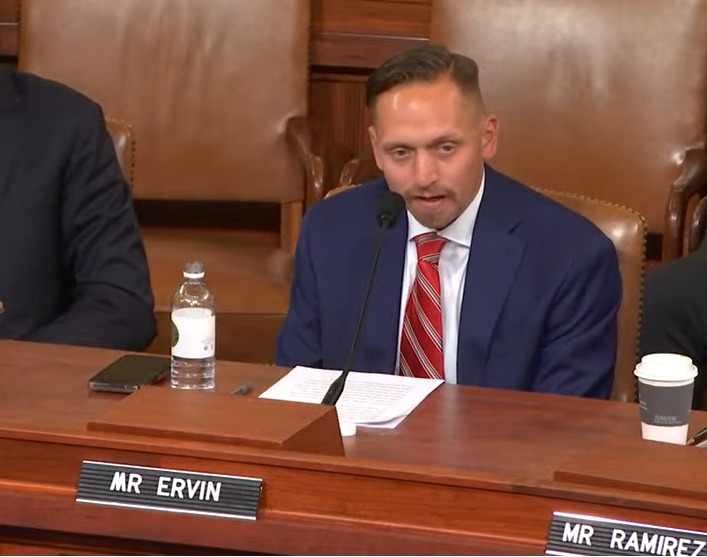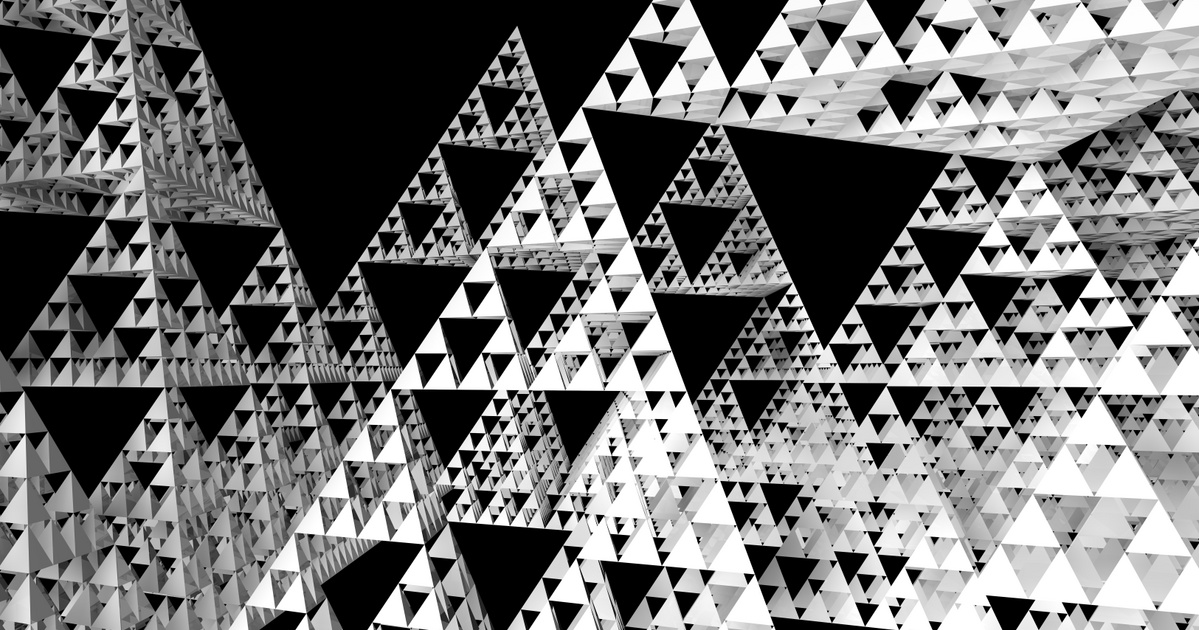Tsinghua University professor Long Guili has developed a qubit saving factor method that could explain the impending end of current encryption standards.
The Sub-Source Quantum Integer Factor (SQUIF) is an algorithm that requires fewer qubits to break the code—the latter being important because the functioning of qubits represents the performance of quantum computers and at the same time the main limitation for their development. The algorithm is based on work published in 2013 by German researcher Klaus Schnurr.
The Guili algorithm can be problematic because it makes encryption very easy to ensure the security of data and communications. Decrypting a file encrypted using the RSA-2048 cipher would take a conventional computer 300 trillion years, while a quantum computer would take only eight hours – theoretically.
In practice, the new algorithm required a less powerful quantum computer, so building the right machine was a few years away rather than decades away.
The world’s current largest quantum processor, IBM Osprey, currently has 433 qubits, but the company has set a goal of building a 1,100-qubit processor by 2023 and a 4,100-qubit processor by 2025. The practical machine requirement for SQUIF is 372 qubits.
The Tsinghua research team did not decrypt the 2048-bit encryption, but as proof, it cracked the 48-bit encryption key using a small 10-qubit quantum computer, according to reports. Tech Spot.







































